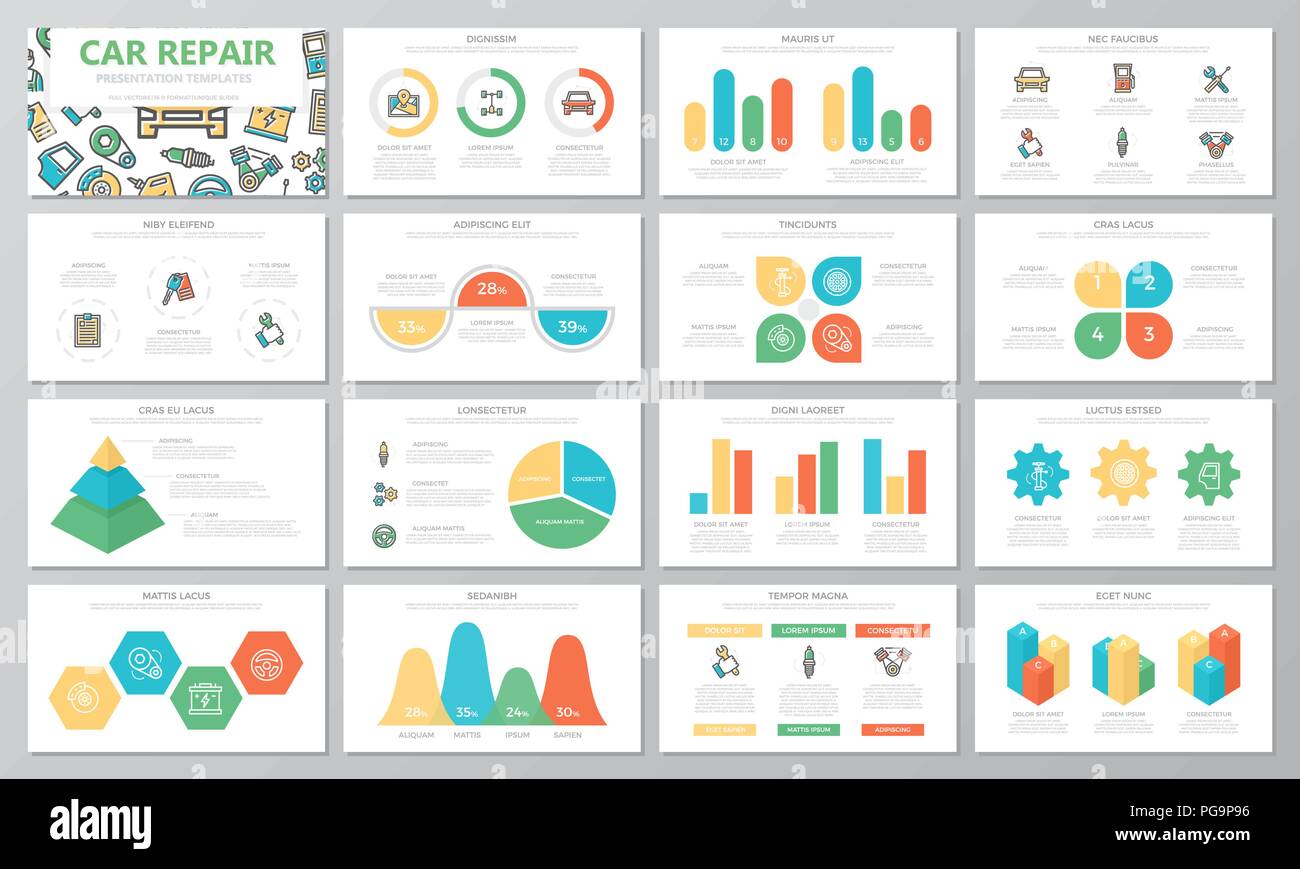Comprehending Your Car'S Caution Lights: What Do They Truly Mean?
Comprehending Your Car'S Caution Lights: What Do They Truly Mean?
Blog Article
Article By-Samuelsen Gilbert
When you're behind the wheel, those beautiful warning lights on your dashboard can be a little bit complicated. Do you know what they're trying to inform you about your automobile's health? Understanding the relevance of these lights is important for your security and the long life of your car. So, the following time among those lights appears, would not you intend to decipher its message precisely and take the required actions to resolve it?
Common Warning Lights and Interpretations
Recognize typical warning lights in your car and understand their definitions to make sure risk-free driving.
One of the most regular warning lights consist of the check engine light, which indicates issues with the engine or exhausts system. If this light comes on, it's crucial to have your lorry inspected immediately.
The oil stress cautioning light shows low oil pressure, needing instant interest to stop engine damages.
A flashing battery light might suggest a defective billing system, potentially leaving you stranded if not addressed.
The tire pressure monitoring system (TPMS) light notifies you to low tire pressure, affecting vehicle stability and gas effectiveness. Neglecting this might lead to hazardous driving conditions.
The abdominal muscle light shows a problem with the anti-lock stopping system, jeopardizing your ability to stop swiftly in emergencies.
Last but not least, the coolant temperature level cautioning light warns of engine getting too hot, which can cause severe damages if not resolved swiftly.
Comprehending these usual caution lights will certainly assist you address issues immediately and preserve safe driving problems.
Relevance of Prompt Attention
Recognizing the usual warning lights in your automobile is only the very first step; the value of promptly resolving these cautions can not be highlighted enough to guarantee your security on the road.
When a caution light brightens on your dashboard, it's your vehicle's way of communicating a potential concern that requires attention. Overlooking these cautions can bring about a lot more extreme problems down the road, endangering your safety and security and possibly costing you a lot more out of commission.
Prompt interest to alerting lights can stop breakdowns and crashes. As an example, a flashing check engine light could indicate a misfire that, if left ignored, might create damages to the catalytic converter. Addressing https://www.nbcconnecticut.com/investigations/curbing-catalytic-converter-crimes/2725777/ can save you from an expensive repair service.
In a similar way, a brake system advising light may signify low brake fluid or worn brake pads, essential parts for your safety and security when driving.
DIY Troubleshooting Tips
If you observe a warning light on your control panel, there are a few do it yourself troubleshooting tips you can attempt before seeking professional assistance.
The primary step is to consult your cars and truck's handbook to recognize what the details caution light indicates. Occasionally the problem can be as simple as a loose gas cap causing the check engine light. Tightening up the gas cap may settle the issue.
https://zenwriting.net/wyatt023nigel/the-advancement-of-vehicle-outlining-techniques-over-the-last-years is a reduced battery, which can activate numerous warning lights. Checking the battery connections for deterioration and guaranteeing they're secure could repair the issue.
If a warning light lingers, you can attempt resetting it by detaching the automobile's battery for a couple of mins and after that reconnecting it. Furthermore, inspecting your automobile's fluid degrees, such as oil, coolant, and brake fluid, can aid repair warning lights related to these systems.
Conclusion
In conclusion, recognizing your auto's caution lights is necessary for maintaining your vehicle running efficiently and safely. By immediately dealing with these informs and recognizing what they suggest, you can stay clear of costly repair work and possible break downs.
Keep in mind to consult your auto's manual for specific details on each warning light and do something about it as necessary to make sure a hassle-free driving experience.
Stay notified, remain secure when traveling!
